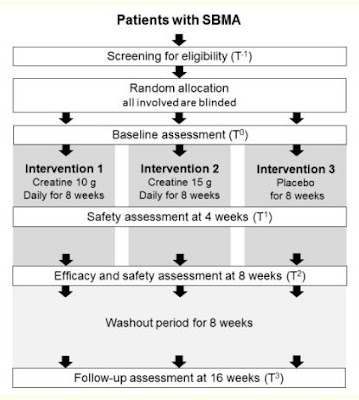What bothers me is that I love beagles.
The powerful gene editing technology CRISPR is one small step closer to treating a human disease.
In a new paper published in Science, researchers led by Eric Olson, professor and chair of molecular biology at UT Southwestern Medical Center, reported that he and his team successfully used CRISPR to correct the genetic defect responsible for Duchenne muscular dystrophy in four beagles bred with the disease-causing gene. It’s the first use of CRISPR to treat muscular dystrophy in a large animal. (Previous studies had tested the technology on rodents.) In varying degrees, the genetic therapy halted the muscle degradation associated with the disease.
Duchenne is caused by mutations in the dystrophin gene, which codes for a protein essential for normal muscle function. People born with the disease are often eventually confined to wheelchairs as their muscles continue to weaken, and in the later stages, many rely on ventilators to breathe as their diaphragm muscles stop working. Eventually, they develop heart and respiratory failure.
CRISPR Gene Editing Fixes Muscular Dystrophy in Dogs. Are Humans Next?
In a new paper published in Science, researchers led by Eric Olson, professor and chair of molecular biology at UT Southwestern Medical Center, reported that he and his team successfully used CRISPR to correct the genetic defect responsible for Duchenne muscular dystrophy in four beagles bred with the disease-causing gene. It’s the first use of CRISPR to treat muscular dystrophy in a large animal. (Previous studies had tested the technology on rodents.) In varying degrees, the genetic therapy halted the muscle degradation associated with the disease.
Duchenne is caused by mutations in the dystrophin gene, which codes for a protein essential for normal muscle function. People born with the disease are often eventually confined to wheelchairs as their muscles continue to weaken, and in the later stages, many rely on ventilators to breathe as their diaphragm muscles stop working. Eventually, they develop heart and respiratory failure.







